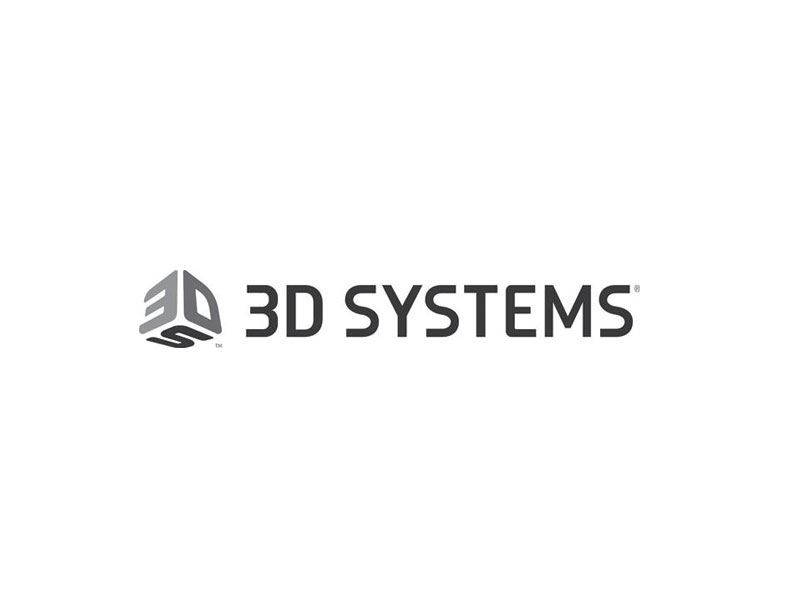3D Systems is officially announced its decision to unveil an assortment of new products at the Formnext 2024. According to certain reports, the company will be bringing next generation products for Stereolithography (SLA) and Figure …
3D Systems is officially announced its decision to unveil an assortment of new products at the Formnext 2024.
According to certain reports, the company will be bringing next generation products for Stereolithography (SLA) and Figure 4® portfolios. These products include PSDLA 270, Wash 400/Wash 400F and Cure 400, Figure 4 Rigid Composite White and Accura® AMX Rigid Composite White. It will markedly do so to address true production applications and accelerate the time to part.
Furthermore, 3D Systems is understood to have enhanced its SLS solution portfolio by conceiving new materials for generating productivity, flexibility, and performance. It has also expanded its MultiJet Printing (MJP) materials portfolio to address applications with improved efficiency and repeatability. In case that wasn’t enough, then it must be mentioned how the company has even introduced a new powder management peripheral, developed by Delfin Industrial Vacuums, for its DMP Flex 200 technology.
Talk about the new solutions on a slightly deeper level, we begin from PSLA 270, which happens to be a high speed, projector-based SLA additive manufacturing solution, well-equipped to provide mid-size and high quality parts with the most stable mechanical properties. Such a compact, cost-efficient, and versatile mid-frame 3D printing product, on its part, can be expected to generate unprecedented accuracy from an operational standpoint.
Next up, we have the 3D Systems’ Wash 400 technology. This one is basically designed to eliminate most of the manual cleaning of resin-printed parts. More on the same would reveal how its dual system design can come in handy during “Dirty” and “Clean” washing workflows. Beyond that, there is available a parts holder which becomes useful in the context of loose parts or full-build platform. The solution also has a piston lift mechanism that can be used for removing parts from the detergents.
Complementing the same would be an intuitive user interface, as well an ability to accommodate full 400 mm build plates. This makes the technology ideal for use across professional and industrial workflows and facilities.
Moving on to 3D Systems’ Cure 400, it is an advanced tool that provides scalable options for post-processing UV-curable resins. In essence, the solution features a rotary table for part shadow reduction, full spectrum LEDs, and a 400 x 400 x 400 mm curing volume. Markedly enough, Cure 400 arrives on the scene bearing compatibility with all UV photopolymers in the 3D Systems portfolio to ensure a lasting post-processing solution. It has also been designed with scalability in mind to optimize floor space and user workflows of medium-frame printer systems. Joining this mix are streamlined recipes that effectively control the temperature and UV exposure to achieve optimal material properties.
Another solution poised to hit the deck here would be 3D Systems’ SLS 380. SLS 380 is envisioned to be an industrial-scale, high-throughput, process-controlled additive manufacturing solution for production selective laser sintering. You see, upon combining with the company’s SLS materials portfolio and the SLS MDM for performance materials and smaller production runs, the technology allows users to achieve enhanced productivity, flexibility, and performance.
Apart from that, SLS 380 happens to boast enhanced thermal consistency. Here, a thermal algorithm manages eight independently calibrated heaters in the build chamber, coordinated by an integrated high-resolution IR camera sampling at 100,000 times per second. All in all, this highly controlled thermal profile brings forth homogenous build chamber to provide consistent parts and higher yields in a production environment.
SLS 380 even provides consistent build quality with a water-cooled laser, enhanced laser window to enable PA-11, FR, and precision motion control for accurate and consistent parts. The idea behind doing so is to facilitate high levels of repeatability across parts, builds, machines, and sites.
We referred to how 3D Systems will deliver a new powder management peripheral, called Delfin INVAC 3D, but what we haven’t mentioned yet is that it is a based on a cutting-edge gas-tight, closed-loop technology that ensures safe extraction of metal powders from 3D printers. The stated component is specifically made to serve the needs of dental laboratories that currently rely upon the company’s DMP Flex 200 printer.




